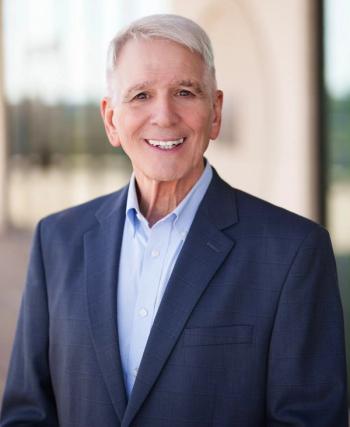
7 Ways Healthcare Has Changed for Health Execs in the Last 25 Years
The technologies and consumer demands that have shaped the past-and will continue to shape the future.
There’s no doubt that healthcare has evolved at a rapid pace over the last quarter century.NRC Health’s Brian Wynne, vice president and general manager shares findings from the company’s latest report highlighting why an even combo of technology and human innovation will create better care experiences over the next 25 years. NRC Health, a customer intelligence company located in Lincoln, Nebraska, brings human understanding to healthcare with holistic, data-driven solutions that help health systems improve the care experience.Here are the top ways healthcare has changed and how healthcare executives can adapt.
Newsletter
Get the latest industry news, event updates, and more from Managed healthcare Executive.






















































